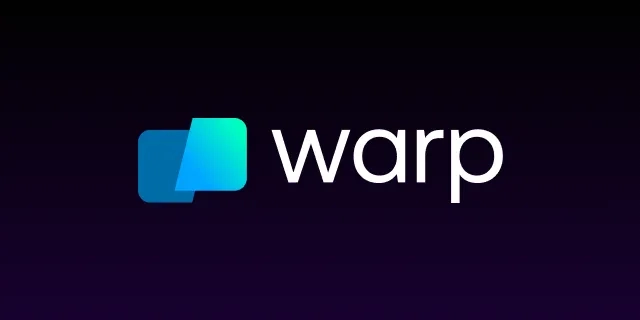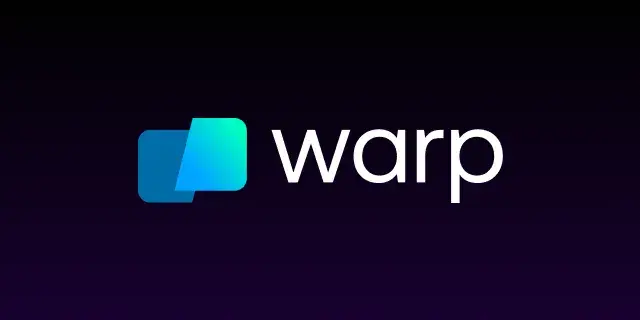

Warp CLI: The Tool I Love That Doesn’t Love Me Back
What is Warp CLI?
Warp CLI caught my attention long before it was even available for Windows. The idea alone - putting a large language model directly inside the command line - made perfect sense.
The CLI lives closer to the file system and the operating system than any GUI ever could. Give it file-level awareness, and suddenly you have a tool that doesn’t have to guess where things are. It can find out for itself.
That’s the real magic of Warp: it understands context. It knows the environment it’s in. When I tell it to fix something, it doesn’t hallucinate an answer - it goes and looks. If I say, “change this registry setting in Windows,” it can search, reason, confirm, and act.
That alone makes it almost magical.
A Terminal That Thinks Like an IDE
Warp doesn’t just execute commands - it structures them. When I ask it to do something, it breaks the problem down into steps, executes each in turn, and keeps track of the narrative: what’s the goal, what’s next, what’s done.
It feels less like typing into a command line and more like pair-programming with something that actually understands process.
And visually, it’s gorgeous. It’s fast, polished, and feels like it belongs in 2025, not 1995 with a color theme slapped on top. Warp is the rare terminal that feels inviting.
Then Comes the Friction
But here’s where it falls apart.
I pay for Warp - about 18 € a month - and I get a certain number of AI points. I burn through them in about a week. Then the magic stops. Warp sits there, looking beautiful and doing nothing.
To make it useful again, I’d have to pay 50 € a month. That’s a big jump - especially when I’m already paying for other AI tools. I’m not against paying for software, but there’s something frustrating about a tool that stops being smart once you’ve hit a usage limit.
This is a tool I genuinely enjoy - something I want to use every day - and it’s disappointing when it can’t keep up with how much I actually use it.
If I Could Change Things
First, I’d love the option to run inference locally. Even if the models were smaller or slightly slower, it would make Warp feel more reliable - something that keeps working regardless of cloud quotas or billing cycles.
Second, I’d change how credits refresh. Instead of resetting only once per month, let users choose their own refresh rhythm:
- Monthly: all credits refresh at once, like it does today.
- Weekly: credits refill gradually each week.
- Daily: a small, even refill every day.
That way, the tool never goes dark mid-project. It stays available - just with lighter limits - instead of shutting down entirely until the next cycle.
Warp’s Future
Is Warp the future of terminals? I think it could be - at least, the idea of it is.
Putting an LLM at the command line is a stroke of genius. But Warp’s current model feels like it’s still figuring out what kind of tool it wants to be: a premium service, or a truly empowering developer companion.
Either way, I’ll keep watching. Because even with its limits, Warp shows what’s possible when a terminal is designed to help you work smarter.
← Back to blog